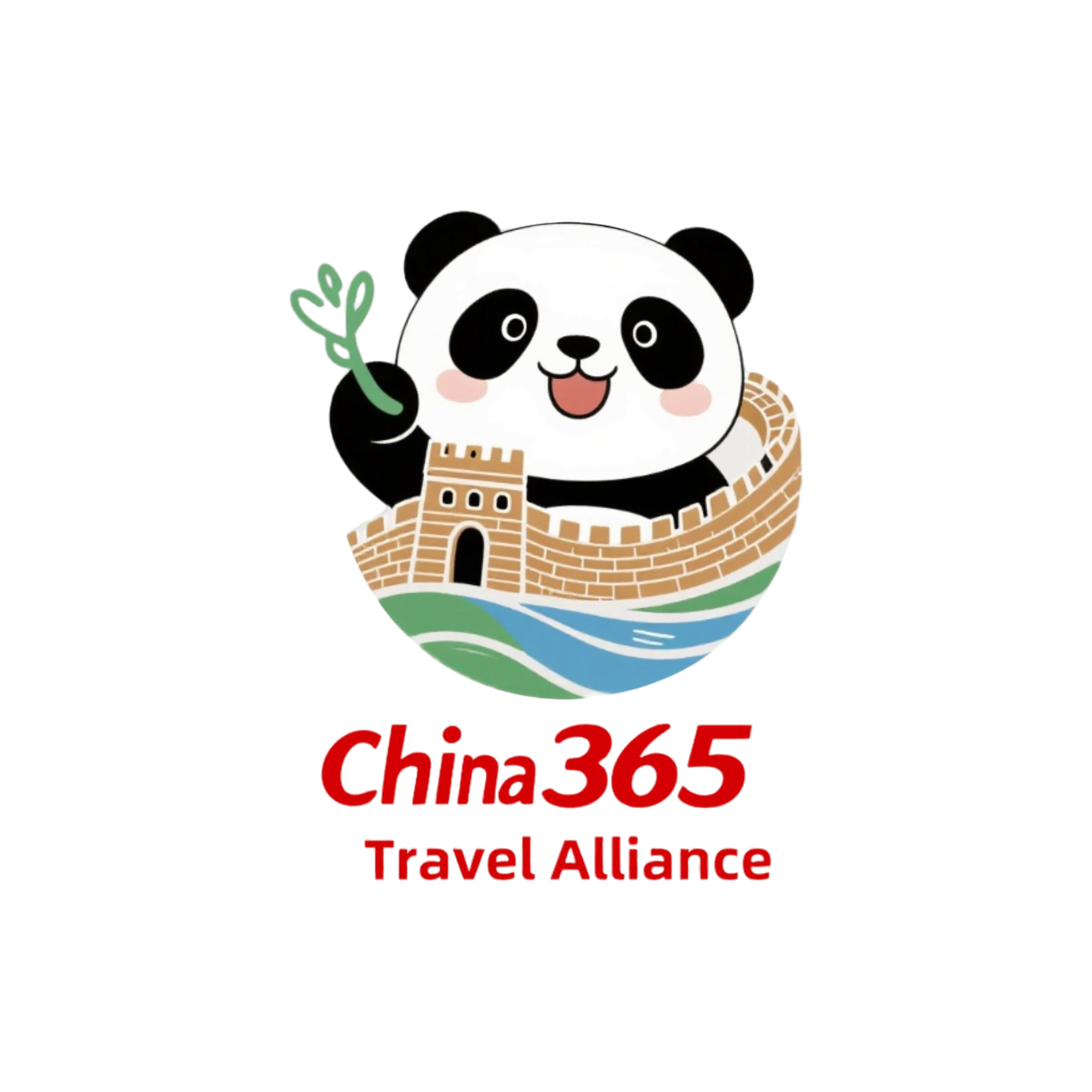Tibet Travel Guide
Tibet Travel Guide
Tibet is often referred to as a paradise on earth, the roof of the world, and a sacred destination that people long to visit. Snow-capped mountains, emerald waters, scattered herds of yaks and nomads on the plateau, majestic monasteries and sincere smiles, tranquil lakes and azure skies—all of these wonders are vividly displayed on this magical land. Tibet is a province rich in natural wonders, a treasure trove of cultural heritage, and a captivating destination for adventure.
Tibet is located on the Qinghai-Tibet Plateau in the southwestern frontier of China, covering an area of 1.2 million square kilometers with an average elevation of 4,000 meters. It boasts over 50 peaks exceeding 7,000 meters in height, earning it the titles of “Roof of the World” or “Third Pole of the Earth.” Tibet’s geographical region can be divided into three parts: east, south, and north. The eastern region is a pristine forest area, the northern region is a vast grassland area, and the southern region is an agricultural area. Tibet is administratively divided into one municipality and six prefectures, with Lhasa as the municipality and Shigatse, Ali, Shannan, Changdu, Nagqu, and Linzhi as the six prefectures. Major towns such as Lhasa, Shigatse, Jiangzi, and Zedang are located in the central and southern regions.
It is also home to the world’s highest peak, the majestic Mount Everest, as well as the source of the Yangtze and Yellow Rivers—the Qinghai-Tibet Plateau.
Tourist Attraction
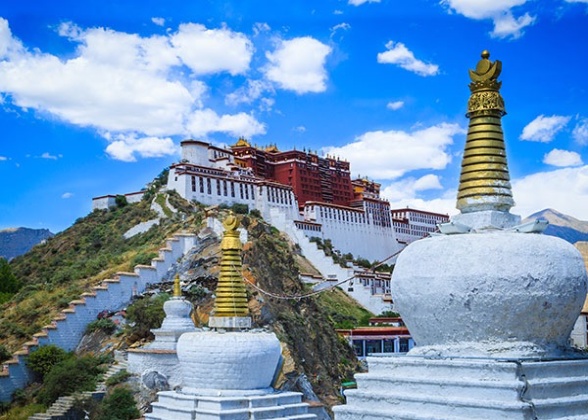
Potala Palace
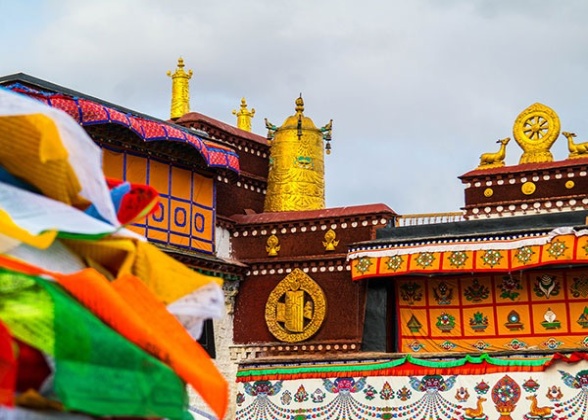
Jokhang Temple
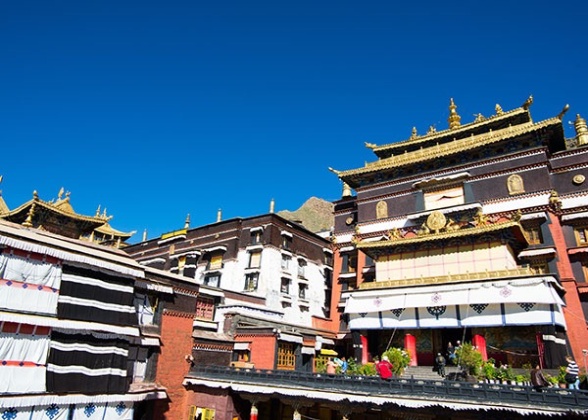
Tashilhunpo Monastery
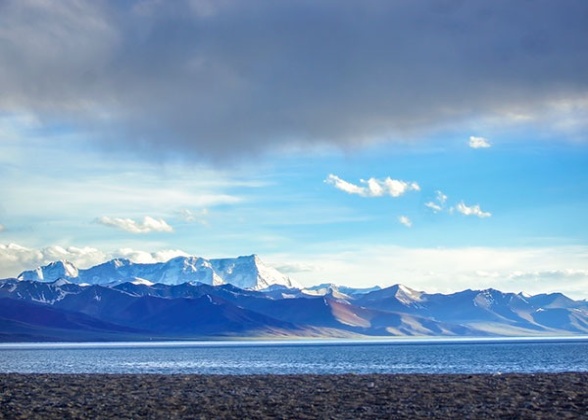
Namtso Lake

Yamdrok Lake
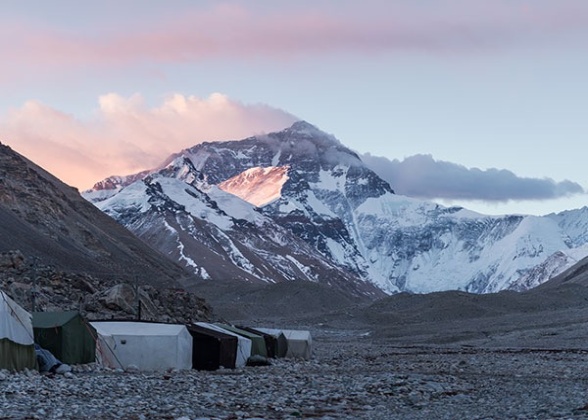
Mount Everest

Transportation
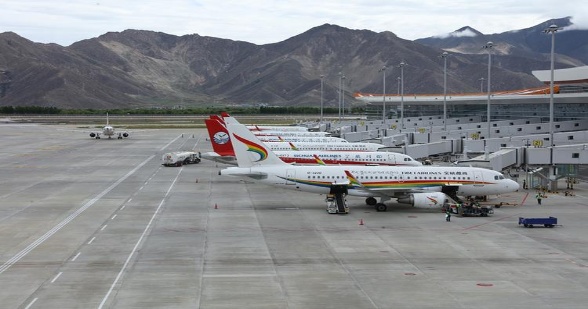
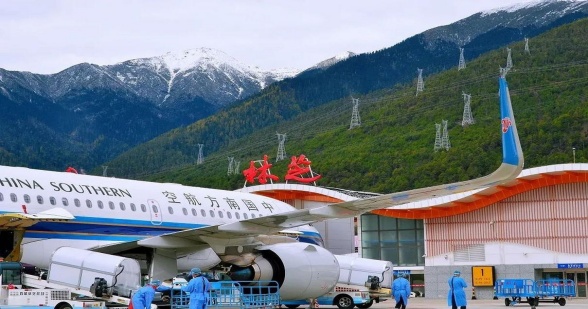
In the past time, Tibet is a remote place because of the bad transportation condition. Transportation condition in Tibet has changed greatly since the liberation in 1951 when pack animals were the main mode of transportation in the region. Now highways, railways and airlines are connecting it to other regions of China.
Qinghai-Tibet Railway, which is the longest and highest railway built atop a plateau, is China’s first railroad to Tibet. It is not only a landmark achievement in Chinese engineering and design, but a modern wonder in the world railway history. There are three airports in Tibet while Gonggar airport connects Lhasa, hence Tibet, with Chengdu, Xian, Beijing, Chongqing, and even Katmandu and Hong Kong. There is no air route within Tibet at present. Traveling by air into Tibet will surely brings visitors unique and thrilling experience. Just imagine that you are above the world highest snow and cloud clad peaks! However, since planes travel fast and there is little time for acclimatization. The transportation center in Tibet is the provincial capital – Lhasa. Because there is no flight for transfer you from one city to another in Tibet area. The best vehicle to travel around this land is a car or a jeep. Every year, the local government invests a lot of money in developing and maintaining the roads in Tibet.
Tibet’s air transport has been opened. Today, there are regular flights between Lhasa and many cities. Currently, Tibet has opened flights from Lhasa Gonggar Airport, Qamdo Bangda Airport, Nyingchi Milin Airport, Aligansa Airport and Shigatse Peace Airport.
Meals
The Tibetan Plateau has an average altitude of over 4,000 meters. The high altitude, thin air, low rainfall, abundant sunshine, and strong winds have gradually shaped the unique dietary habits of the Tibetan people. Tsampa, oil-tea, sweet tea, beef, mutton, and highland barley wine are traditional Tibetan foods. Tibetan cuisine is a must-try for any visitor to Tibet. Representative dishes include roasted lamb, beef, tsampa, oil-tea, and highland barley wine. Tibetan cuisine is typically light in flavor, with most dishes seasoned with only salt, onions, and garlic.
Visitors to Tibet may find Tibetan cuisine unfamiliar, but they can choose to try some of its specialties, such as highland barley wine tea, hand-pulled lamb and beef, cold yak tongue salad, steamed buns, tsampa, various pastries, sweet tea, milk tea, yogurt, sausages, and air-dried meat. Most restaurants in Tibet now serve Sichuan cuisine with Tibetan characteristics, and some also offer Western cuisine and Tibetan song and dance performances.
Main ingredients include beef, mutton, pork, chicken, potatoes, and radishes. Staple foods are primarily rice, flour, and highland barley. Tibetans enjoy foods that are rich, thick, crispy, sweet, crunchy, and sour and spicy. Dishes are primarily grilled, pan-fried, deep-fried, or boiled. Due to the abundant forest resources in the area, chicken is also a staple in Tibetan cuisine.
Beverages available here include yogurt, butter tea, and highland barley wine. Tibetan cuisine is nutritious and deliciously authentic.
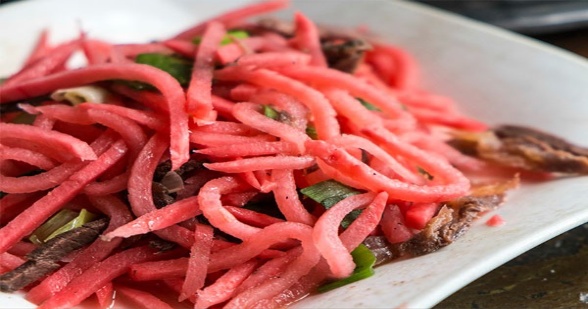
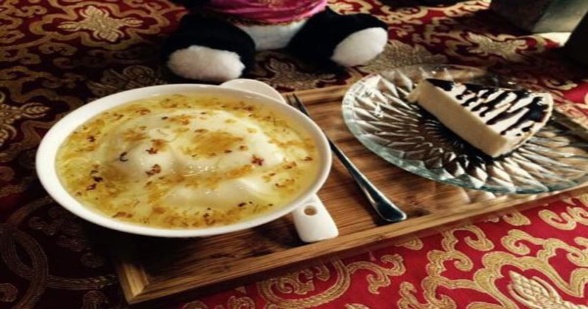
History and religion
Tibet’s history dates back approximately 4,000 years, during which Buddhism, the Tibetan language, and culture gradually emerged. Local residents primarily practice Tibetan Buddhism and Bon. They maintain many unique customs, such as pilgrimages and sky burials, where the remains of the deceased are exposed to birds of prey. The Potala Palace, Jokhang Temple, and Tholing Monastery are among the most famous Buddhist temples.
Language and culture

Most young and middle-aged people are fluent in two languages: their native language and Mandarin. This vast land is primarily inhabited by Tibetans, known for their uninhibited character. Most live a nomadic lifestyle, relying on yak herding, farming, and handicrafts. Local cultural highlights include thangkas (a type of Buddhist painting appliquéd on cotton or silk), herbal medicine, and local opera. Local residents celebrate various festivals, including the Tibetan New Year, the Shoton Festival, the Grand Prayer Ceremony, the Butter Lamp Festival, and the Saga Dawa Festival.
Travel restrictions
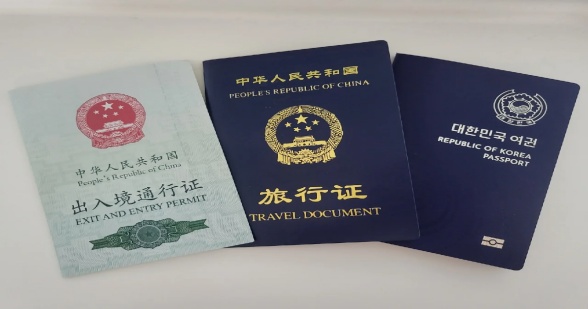
Independent travel in Tibet by non-Chinese citizens is extremely difficult. Foreign tourists are subject to various restrictions. All foreign visitors must join tour groups organized by authorized travel agencies. Diplomats, journalists, and government officials are not allowed to enter Tibet alone or as part of a tour group. Furthermore, many areas are off-limits to foreign tourists, such as those near the Chinese border and military bases.
Every foreign tourist is required to obtain a travel permit. The only way to obtain one is to book a package tour through an authorized Chinese travel agency, which can assist with the application process through the local tourism bureau. No travel agency offers a “travel permit only” service; international visitors must book a private vehicle, driver, and guide. Citizens of all nationalities can apply for a travel permit.
Start planning your customized tour with one-on-one help from one of our travel consultants.
Why Choose 365 China Travel
★Customize your tour
Travel Advisor with roots in China
Immediate response, no waiting!
Direct Connections, Supreme Values
★Maximize your flexibility
- Your own private guide and journey
Explore at your own pace
- Unparalleled flexibility, not possible with group tours
★Ensuring Your Satisfaction
Top 20% of nationally ranked tour guides at your service
24/7 emergency support
Cultural In-depth Experience Service
